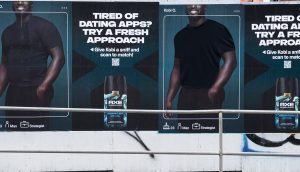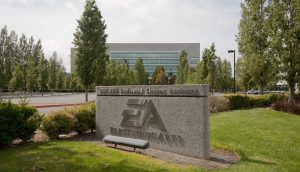Delvinia Interactive has brought Millward Brown’s traditional Link ad testing methodology and reliability from the offline to the online world with its AskingMedia broadband platform. The two Toronto-based companies recently conducted a study that tested ads for Nissan and Expedia.ca using offline and online ad methods and found the patterns of results between the two to be similar.
The overall finding was there is no reason to suspect that online and offline samples are not comparable since there is no longer a male skew to the online population, although it does skew younger. In Canada, almost 50% of Internet users have cable or DSL connections. Currently, 70% of all Canadian households and 95% of businesses have some form of online connection.
The one caution from Stephen Popeil, SVP of Millward Brown Canada, is that researchers comparing broadband ad testing results to data bases of results from telephone interviews or anecdotes from focus groups, must take into account that respondents to broadband surveys, like mailed ones, answer alone and so tend to score emotional factors lower than do people reacting to another person. But he says that since the pattern of responses over the whole questionnaire is the same, it’s easy to adjust online scores with an algorithm for comparison with existing offline databases.
The big difference between the two methods is in cost. Broadband research offers greater savings in terms of time and energy and has greater potential for providing larger sample sizes. The hard costs for online ad testing with a national sample are about the same for offline testing in a single location while soft costs are lower for both the market research firm and the client.
One hundred people were recruited for each research method. Offline, standard telephone recruiting was used and respondents were paid $50 to attend a Toronto focus group to view and react to a TV commercial. It took seven days to recruit the panel.
The online panel came from a list of 100,000 Canadians who had already opted into a one-million-person global research study, with each study participant requiring high-speed Internet access. The panel was qualified and recruited in just one day.


















